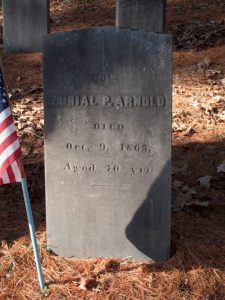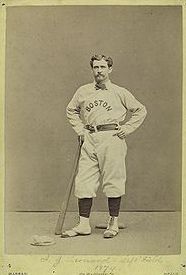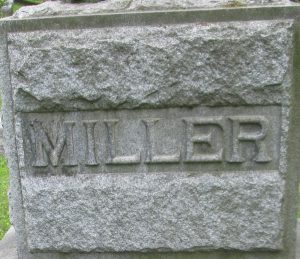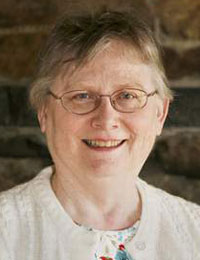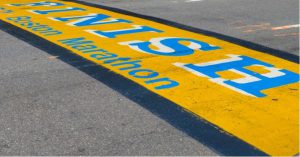 Implementing crowdsourcing as the chief means of gathering information has had success from Wikipedia and the Oxford English Dictionary to Planters Peanuts. In fact, I would be so bold as to put Vita Brevis on this list – as comments from our readers have led to many breakthroughs in our bloggers’ brick walls.
Implementing crowdsourcing as the chief means of gathering information has had success from Wikipedia and the Oxford English Dictionary to Planters Peanuts. In fact, I would be so bold as to put Vita Brevis on this list – as comments from our readers have led to many breakthroughs in our bloggers’ brick walls.
Case in point: On 20 April 2015, I wrote a blog post (Where did the first Boston Marathon winner go?) in which I lamented the problems facing genealogists, especially when asked to locate a person with a very common name in a very large place. Continue reading Crowdsourcing
